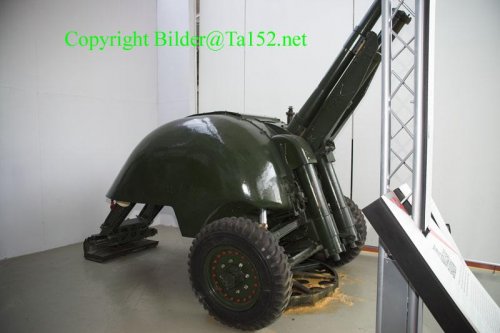Gentlemen, I should explain that my proposal is not a "stand-alone" one but a small part of a much bigger scenario. Almost a decade ago I published an alternative history novel (The Foresight War) exploring what might have happened if present-day British and German historians, specialists in WW2, woke up in 1934 with proof (laptops etc) that they came from the future. The changes on both sides include strategy, tactics and equipment; with my interest in military technology, it was actually the "alternative equipment" aspect which prompted me to start it, but once started all sorts of other issues arose.
Over the years there has been much discussion on my forum of the issues and choices in the novel, so I've decided to write an expanded second edition, prompting thousands of posts from interested readers.
I should point out that the decisions made have to take into account the realities of the time - a serious shortage of both money and other resources to develop new weapons - so equipment choices have to be carefully made to get the most "bang for the buck", with production focusing on fewer but better types.
As far as British artillery is concerned, I am leaving the towed 25pr strictly alone as it was highly successful (just accelerating the production rate). In the original novel I proposed a "62pr" gun using elements based on the 4.7" naval gun (I won't go into that...). I have now decided to retain the 5.5" field gun instead, but greatly accelerate its development to get it into service years earlier. I would not bother with the 4.5" because I would develop from the start the long-range 80 lb shell for the 5.5", plus add a base-bleed element to it so that it would match the range of the historical 4.5" for counter-battery work.
The principal tracked AFV family I chose (and am retaining) for service from the late 1930s has the engine mounted at the front right of the hull next to the driver, like the CVR(T) and the Argentinian TAM tank, resulting in a very compact vehicle with the back half free to take various turrets, limited-traverse guns, or troop compartments. So it is ideal for SPGs. This could physically take a 5.5" gun in an open mounting, but the general view among artillery specialists on my forum is that making the big gun self-propelled would be of limited value, and the vehicle would be too small to carry the crew or any ammo too so there would need to be one or two other vehicles trailing along behind each gun. The view instead is that putting the 25pr in an LT mounting (as indeed happened, with several variants) would be much more use. Which explains why I was attempting to provide a performance boost for the SP version of the 25pr, in order to reduce the range gap to the 5.5".

